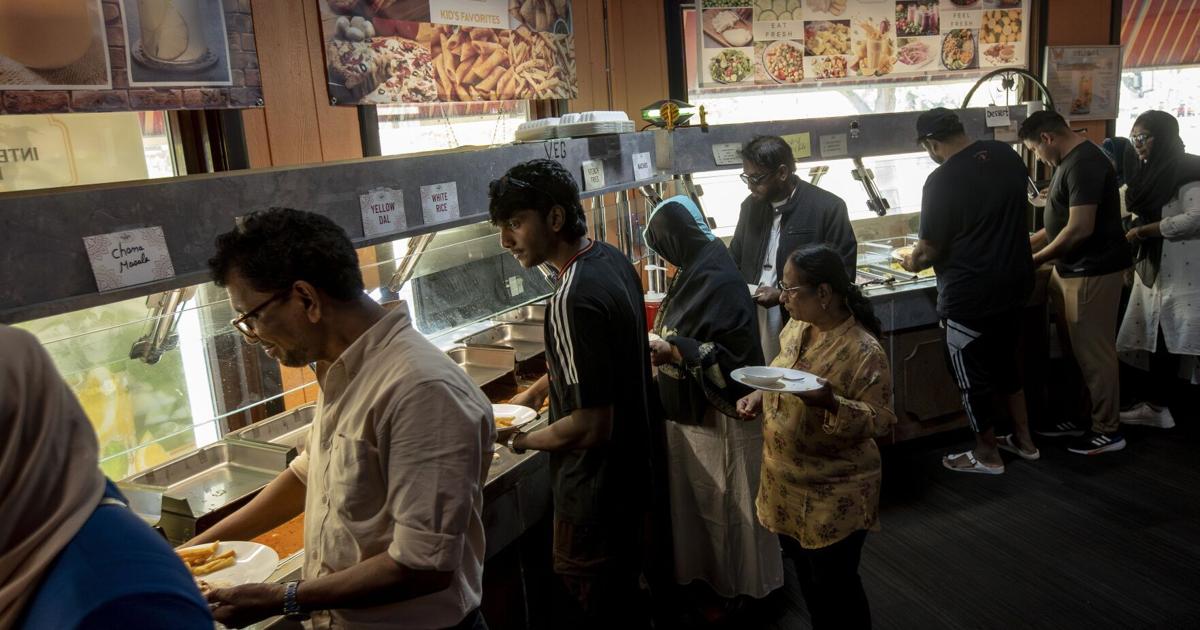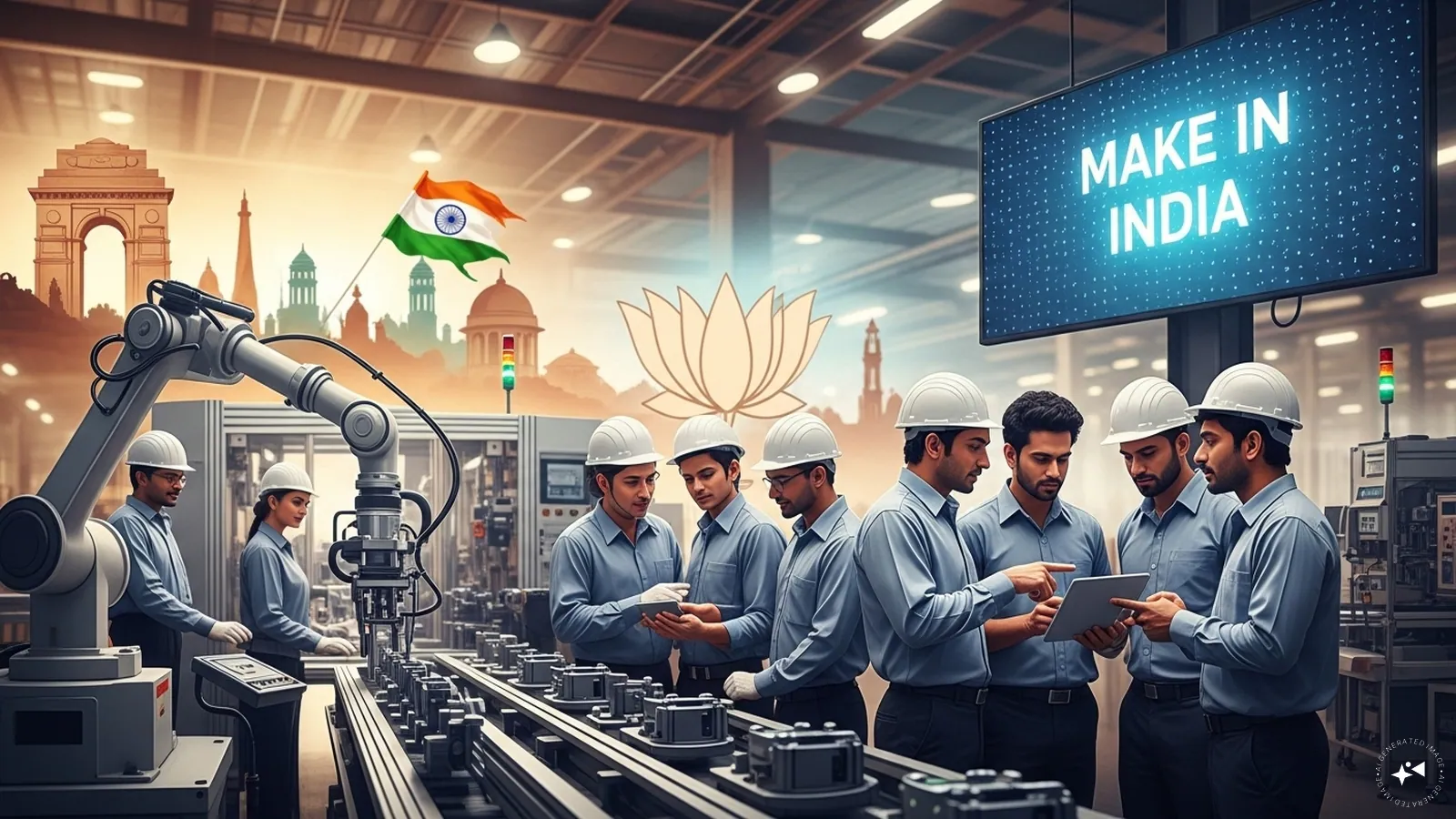
Anand Vaddi was awestruck. In the September sunshine, the water rushing over Niagara Falls sparkled like diamonds and had a mighty roar like an animal.
It didn’t matter that Vaddi, an Indian native living in Chicago, had seen the falls on nine previous trips. Its magic hadn’t worn off. This time, he shared the waterfall with his parents visiting from India. His beaming father had “no words” for the waterfall’s beauty.
“Whenever I come here,” Vaddi said. “I feel thrilled again.”
As a child in India, Vaddi grew up reading about Niagara Falls in school textbooks. It was a dream of his to visit the falls, just like it was a dream of his father’s, and a dream of many Indian kids who contemplate the mammoth waterfall straddling the U.S.-Canadian border as one of the natural wonders of the world.
Indian tourists like Vaddi are the largest overseas demographic to visit Niagara Falls, according to John Percy, CEO of Destination Niagara, the official marketing organization for Niagara Falls, and their love of Niagara Falls has reshaped the city’s food scene.
In 1999, there was one Indian restaurant within walking distance of Niagara Falls, according to a 2009 Buffalo News report. Now, there are at least 20 Indian restaurants, food trucks and carts within a mile of Niagara Falls on the American side alone. Roughly a third of the restaurants within a mile of Niagara Falls, on this side of the border, serve Indian food.
A steep drop in Canadian visitors is hurting Buffalo Niagara businesses that rely heavily on cross-border tourism this time of year. It’s having a big impact on local tourism operators, hotels, restaurants, culturals and attractions.
It’s comforting to eat familiar food while traveling – plenty of Americans pop into a McDonald’s while abroad – but Indian tourists’ need for their home cuisine goes beyond comfort. Depending on where they are from, many Indian tourists have dietary restrictions. They may not eat meat, or eat only halal meat, or avoid root vegetables, for cultural and religious reasons.
“We cannot just eat any kind of Western or Italian [food] or something. My parents are not able to eat that,” Vaddi said. “A lot of tourists from India, especially the parents, love to come here, so obviously they love to eat the Indian food. They feel comfortable.”
Niagara Falls’ flourishing Indian food scene is helpful to Umang Malbari, president and CEO of Discover Destinations, a tourism group that brings at least 10,000 Indian tourists to Niagara Falls annually. He can count on the local restaurants to feed his customers. That’s not the case for many of his other tourist destinations. For other tours, Malbari hires a personal chef to join the tour and cook culturally appropriate food.
Niagara Falls’ love affair with India isn’t a coincidence since it has gotten a lot of help from its placement within textbooks. (“I don’t know who placed it [in textbooks],” Percy said. “I’d like to give them an award.”)
It’s also the result of a targeted effort by Destination Niagara. As chief Niagara Falls promoter, Percy travels to India every year to “sell” Niagara Falls. Selling it to Indian tourism groups and the media, so that it continues to earn a spot on the bucket lists of Indian travelers, is one of Destination Niagara’s top expenditures. Percy dreams of a city crawling with film crews shooting Indian movies and reality TV shows one day.
Indian visitors comprise the second-largest group of overseas tourists in the United States, according to data from Brand USA. They often visit for several weeks, Percy said, to see friends and family, and stop at several American landmarks along the way. A popular tour route spans from Times Square through New York State’s sprawling farmland and rolling hills to wind up at the famous waterfall from the textbooks.
“Americans, they do have a love for Indian food, but I don’t think that high of a love that we would have as many restaurants as we have here,” Percy said. “We have the evolution of Indian restaurants because of the evolution of the [tourism] market.”
Indian food boom
After a long day of standing on the pavement, witnessing and photographing the sights of Niagara Falls, tourists eat in a cushioned booth at Prabh Sandhu’s Third Street restaurant, Zaika Indian Cuisine.
For a flat $22, they fill their plates at the all-you-can-eat Indian buffet. Pans of pani puri (deep-fried flaky balls stuffed with potatoes, onions, chickpeas and drenched in a tamarind or mint sauce) sit near pans of chicken curry, lamb biryani rice and paneer cheese cooked in a tomato cream sauce.
A native of Punjab, India, Sandhu opened Zaika in 2011 to capitalize on the growing number of Indian tourists. Cooking his hometown food brings him great pride. On his restaurant wall, next to a map of India, he lists some national accomplishments: inventions (chess and plastic surgery) and cultural exports (spices, milk and dessert).
“I’m representing cuisine from where I am from in India. I want to do the best job I can,” Sandhu said. “Even in a tourist location, if I can give them good food, then that’s how I represent myself.”
Bittu Gill also moved from India to Niagara Falls to join his family in the restaurant industry. He runs International Buffet on Rainbow Boulevard in Niagara Falls, where he blends Indian, American and Italian food, serving chicken wings tossed in Masala sauce and pizza topped with chicken tikka. The majority of his customers are tourists.
Kaleem Ullah, a Pakistani native, is one of the Falls’ newer restaurateurs. He opened a Pakistani and Indian restaurant, Mirch Masala, on Main Street in Niagara Falls this year.
Ullah has been struggling to establish his restaurant in the midst of a low tourism year for Niagara Falls. Buffalo Niagara tourism had been rising, and saw its best year in 2024, until President Trump’s tariffs, immigration policies and rhetoric about Canada caused a significant dip in tourism.
Ullah worries there are too many restaurants in Niagara Falls for the number of customers, but Gill disagrees. During peak tourist season, Gill’s business is helped by the abundance of Indian food options. It prevents the wait times for his restaurant from growing too long, which can irritate customers.
Ullah’s solution is to cater to a slightly different clientele. While most Indian restaurants in the Falls shut down between January and March for the cold and snowy offseason, Ullah plans to stay open. He also aims to attract locals, including many Indian, Pakistani and Bangladeshi residents living nearby, for takeout.
Smita Dhillon, owner of Bombay Palace Eatery on Buffalo Avenue in Niagara Falls, has been successful enough to open a food truck this year. Born and raised in New Delhi, Dhillon has enjoyed watching the local restaurant scene balloon with Indian options over the last 20 years of living in Niagara Falls.
“Now, everywhere you go, I think every corner, you will see an Indian food truck or restaurant,” Dhillon said. “It feels good when you see your culture.”
Satisfy your cravings
With our weekly newsletter packed with the latest in everything food.
* I understand and agree that registration on or use of this site constitutes agreement to its user agreement and privacy policy.
Francesca Bond
Food & drink reporter
Get email notifications on {{subject}} daily!
Your notification has been saved.
There was a problem saving your notification.
{{description}}
Email notifications are only sent once a day, and only if there are new matching items.
Followed notifications
Please log in to use this feature
Log In
Don’t have an account? Sign Up Today



